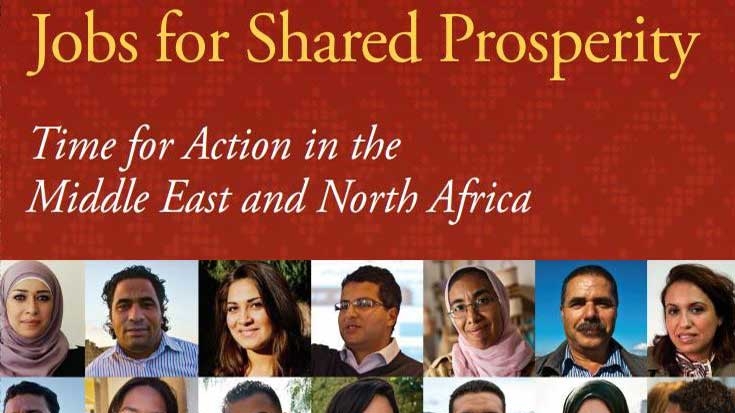This report focuses on jobs as the key to understanding the many layers of exclusion that have produced the world’s highest youth unemployment rate and left three out of every four working-age women outside the labor force.
Each chapter unpacks one of the multiple factors that affect labor markets in the region, ranging from the educational system to government policy and the current governance of the private sector.
The main message is that the cur-rent regulatory environment, by protecting certain markets and a few privileged insiders, stands in the way of a dynamic private sector and the more and better jobs it could provide. The rules need to change to ease the entry of new firms supported by better access to credit. This adjustment would increase competition and serve as a vital catalyst for the innovation and investment that ultimately lead to more demand for labor. The current incentives that affect decisions about where to work and when to hire also need to be addressed. This effort would include phasing out the fuel subsidies that encourage investment in machines over the hiring of workers and diminishing the pull of the public sector to allow labor to flow to where it would be most productive. Easing employment regulations, coupled with a strong and well-targeted social safety net to protect the unemployed, would facilitate both hiring and mobility. An educational system more in tune with the needs of the private sector would also be another vital source of growth and jobs, equipping students with the skills and knowledge required by innovative businesses.
